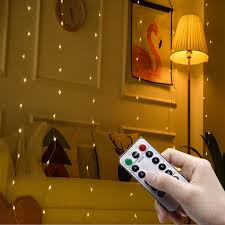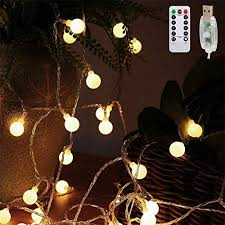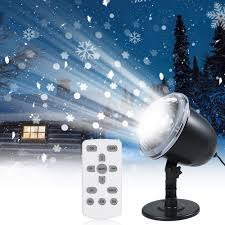 Control makes it possible to optimize the performance of your lighting homes. Thus, homeowners and building managers can now control buildings more efficiently. Even more, control technology entails the use of the Internet of Things when it comes to controlling HAVC systems, lighting, as well as other systems in the building. This not only improves flexibility but also boosts efficiency. Here are top lighting technologies that are quickly shaping the lighting control world.
Control makes it possible to optimize the performance of your lighting homes. Thus, homeowners and building managers can now control buildings more efficiently. Even more, control technology entails the use of the Internet of Things when it comes to controlling HAVC systems, lighting, as well as other systems in the building. This not only improves flexibility but also boosts efficiency. Here are top lighting technologies that are quickly shaping the lighting control world.
The Basics
Before diving into the lighting control world, let’s take a step back and understand the basics. What are the common types of lighting controls?
Traditional controls
Designed to control local-based loads, traditional lighting controls can also be used to control centralized panels as well as large loads. Common examples of traditional controls are centralized standalone such as switches.
Luminaire Control Systems
These systems are based on embedded and integrated sensors. This makes them efficient when it comes to responding to lighting needs. Consequently, they save a lot of energy. These systems make use of networked and preprogrammed networks.
Building & Enterprise Lighting Control Systems
These systems involve the networking of lighting controllers across buildings. Here, operating software is used to program these lighting controls. These systems require a premium dimming ballast, which saves a lot of energy. It’s also important to note that most LED lighting fixtures are dimmable.
Embedded Controls
 Modern lighting luminaries come with prepackaged sensors and lighting controllers. These systems are easy to install. They also improve flexibility.
Modern lighting luminaries come with prepackaged sensors and lighting controllers. These systems are easy to install. They also improve flexibility.
Wireless Control
With the advancement in technology, it seems that nothing is impossible. For instance, many modern lighting controls can be controlled wirelessly. Wireless communication reduces installation costs.
Networked Control
Another common type of lighting control is networked control. These systems control different points with the help of a unique address. The best thing is that these systems can operate autonomously or even be integrated with other similar systems in different buildings. This option offers detailed control zoning, programmability, and distributed intelligence. Even more, these systems help in data generation. Normally, these systems are coupled with wireless-based communication.
Data Generation
If a lighting control system comes with data collection capability (from control points), it’s called a data generation control system. Here, the system directly measures, estimates, and determines energy consumption. Also, it can monitor the prevailing operating parameters. These systems usually come with additional sensors to collect occupancy, temperature levels, etc. Cloud software is used to retrieve or feed data.
Color Tuning
 Color temperature is an important aspect when it comes to LED lighting. And that’s what lighting control offers. With controls, you have the power to adjust the color (also known as correlated color temperature). For instance, tunable-white LED lights to give users separate dimming arrays. Even more, you can add more colors to the spectrum. Thus, you can achieve the best color rendering.
Color temperature is an important aspect when it comes to LED lighting. And that’s what lighting control offers. With controls, you have the power to adjust the color (also known as correlated color temperature). For instance, tunable-white LED lights to give users separate dimming arrays. Even more, you can add more colors to the spectrum. Thus, you can achieve the best color rendering.
The Bottom-Line
When it comes to lighting, nothing takes center stage quite like elegance, sophistication, and class. And that’s what technology brings on the table. With innovative lighting solutions, your spaces look set to get elevated. Let the above advances guide you in choosing the best lighting control solution for your home.
Leave a Reply